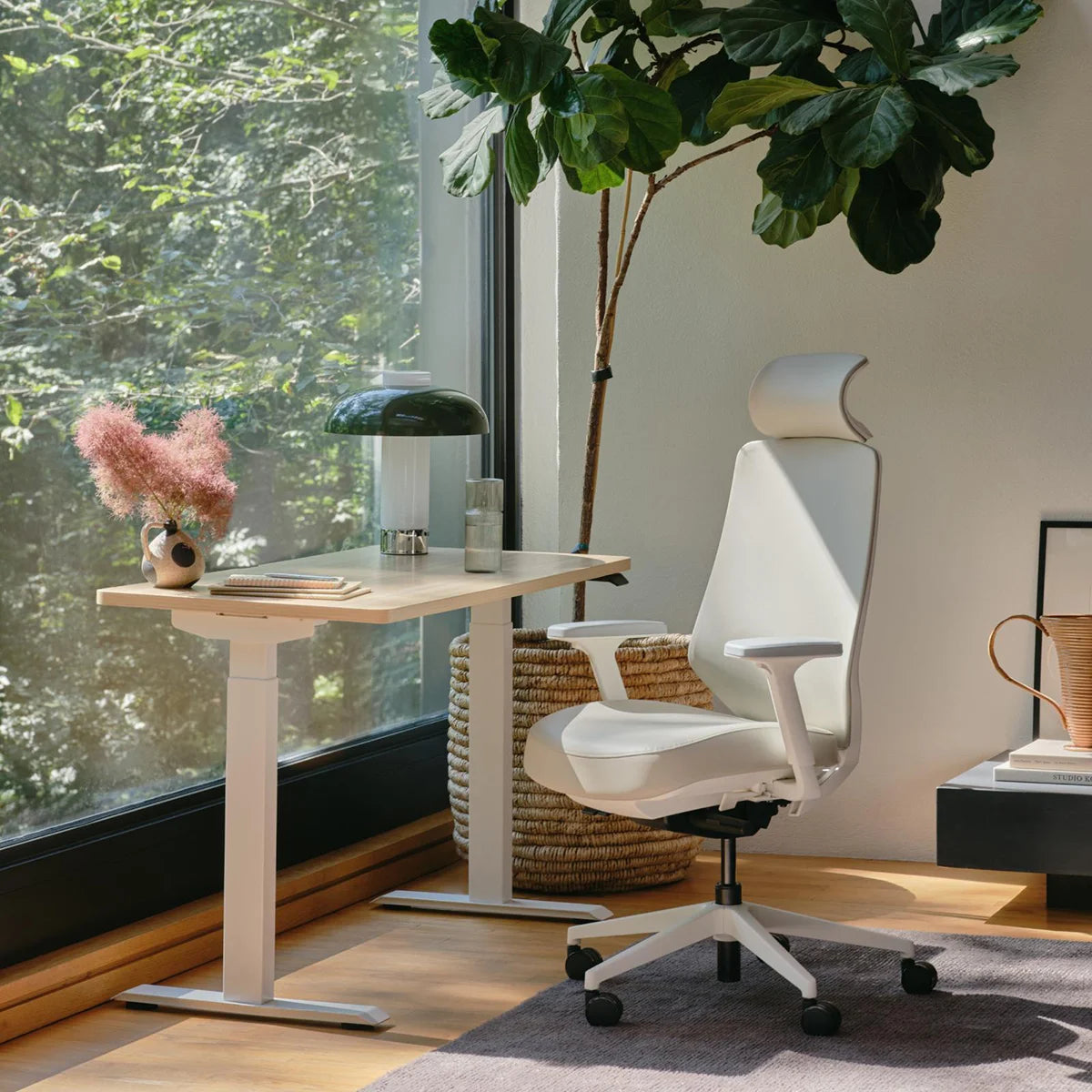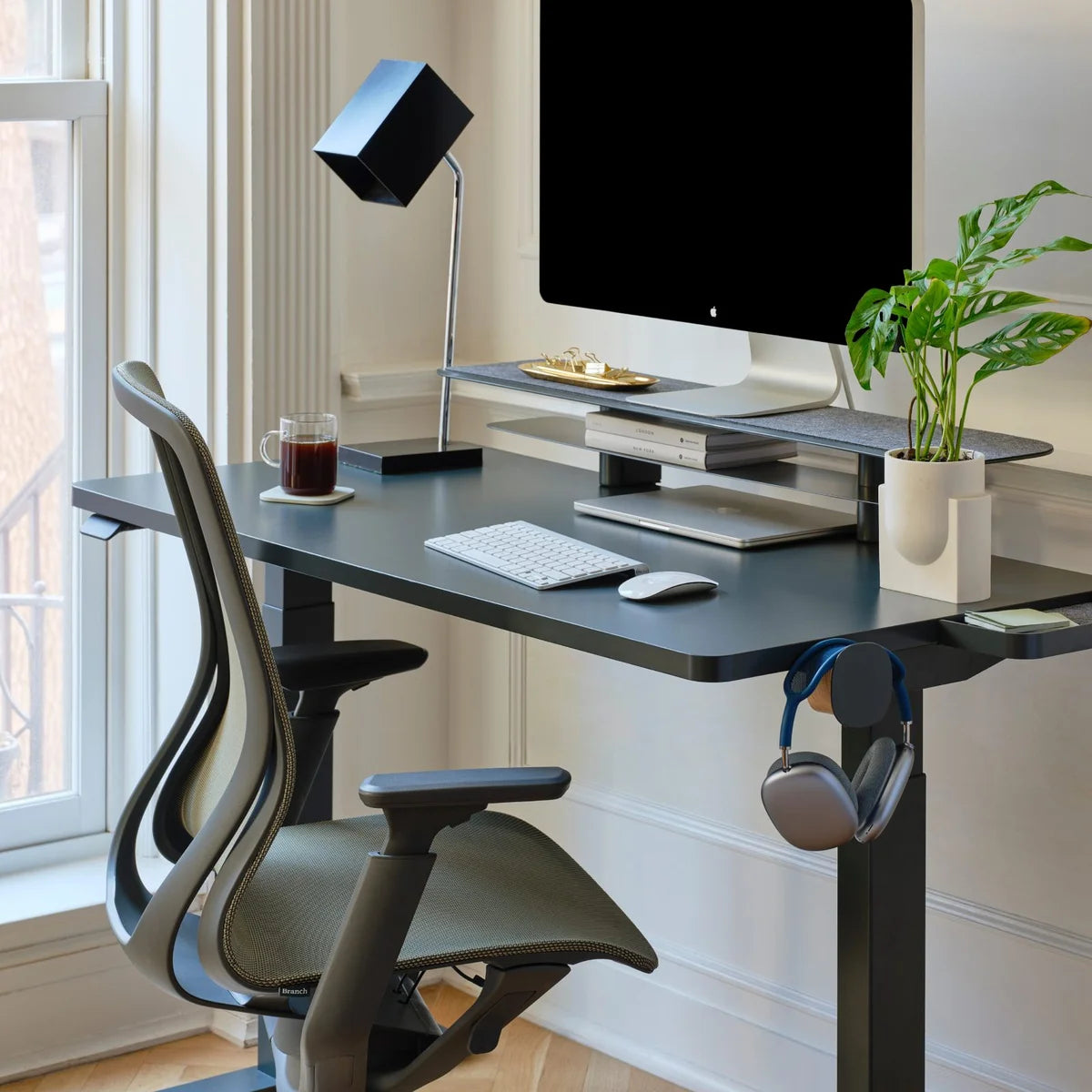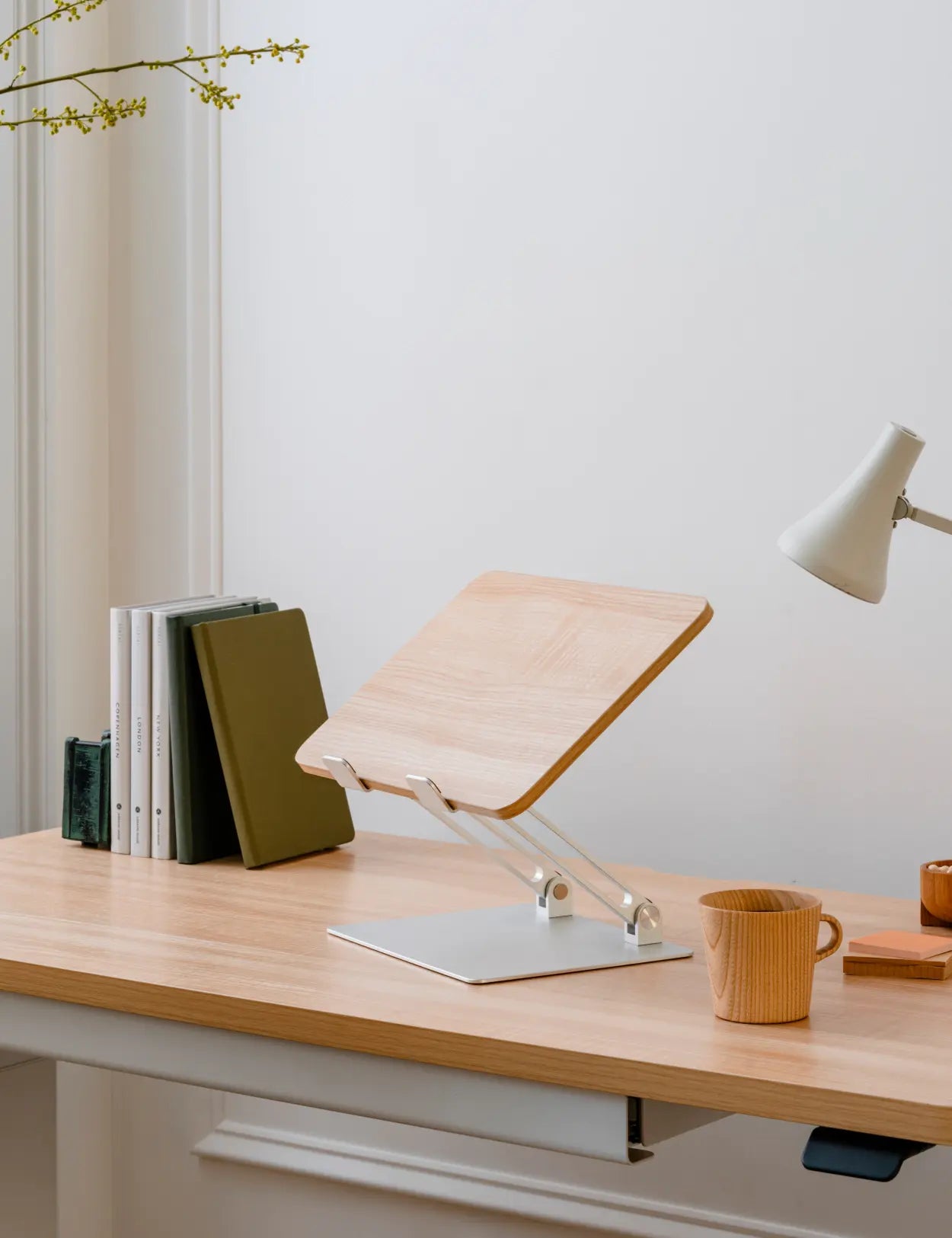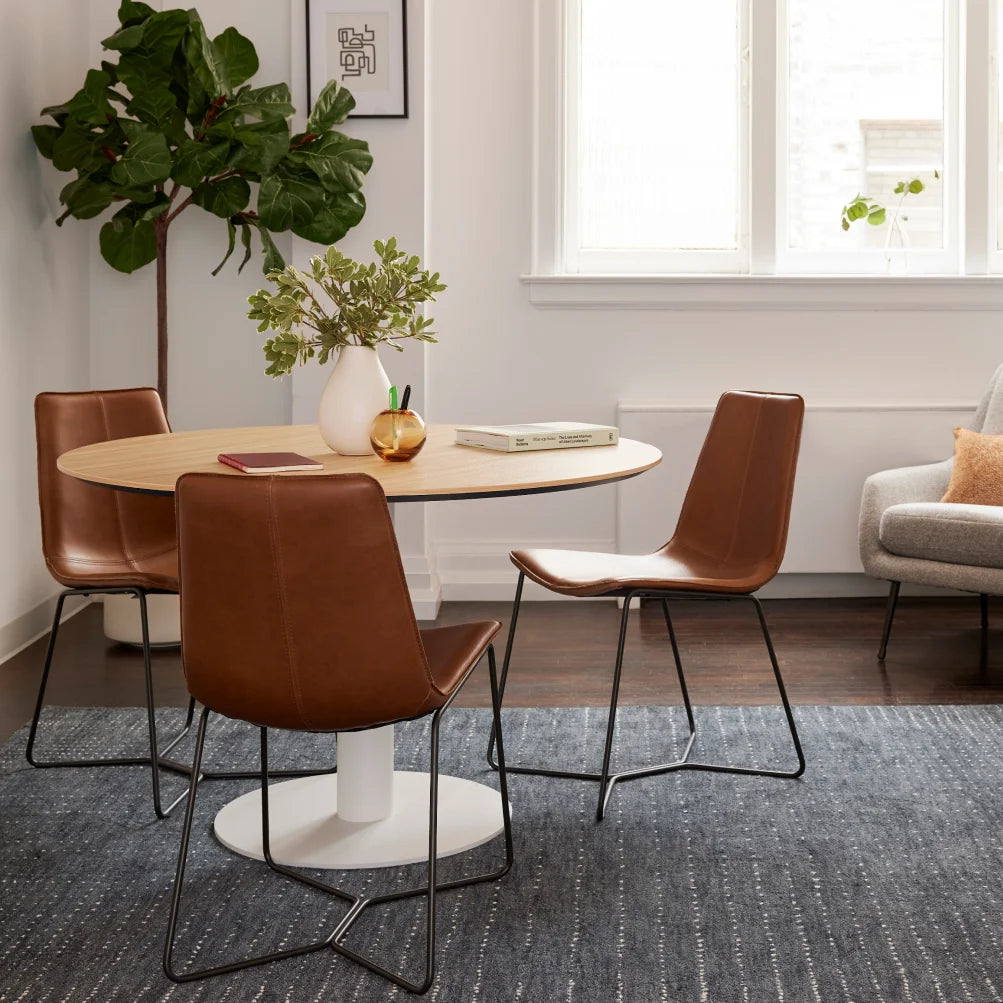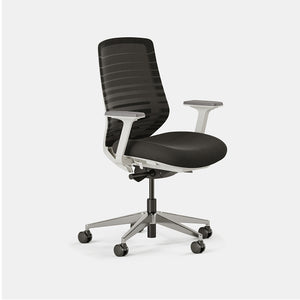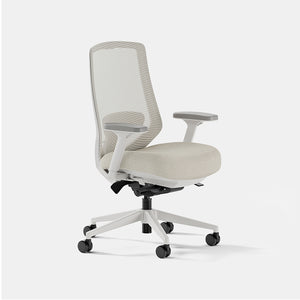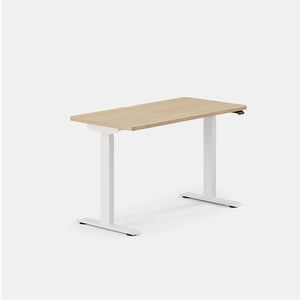How do we create safe, personal spaces in an open office?
Returning employees will need sanctuary spaces, especially in open-office layouts. The quickest and most affordable way to do this is by installing privacy panels and modular partitions between each employee’s desk, adding separation to help keep workers settle in with ease.
You can also implement an alternate work schedule (see below). Ultimately, by reducing the density of workers, each individual worker will have more space to themselves. These small changes go a long way in creating personal space within an otherwise open office.
Should we implement an alternate work schedule?
With an alternate work schedule, staff come in on alternating days to keep density low. They're a compelling way to gradually ease your workforce back into office life, but mean months of work from home conditions that may be less than adequate. Our advice: if you’re going to implement an alternate work schedule, consider subsidizing ergonomic furniture for employees at home. After a couple months of hunching over the kitchen table, their backs—and productivity levels—will thank you.
How do I maintain company culture if half my team is working remote?
Chances are, you've already implemented a lot of new, important measures in your organization for staying connected while everyone works from home. These might include: more frequent all-hands meetings and check-ins across teams, more recurrent 1:1's between employees and their managers, weekly written reports on each teams' progress, substituting phone calls with video meetings, etc.
We suggest maintaining these strategies throughout the transition back to work, starting from when your first employees start going back into the office, to keep your culture strong.
What about conference rooms? Can they still be used?
Meeting rooms are the most densely packed part of the office. But COVID-19 will not be the end of in-person meetings. Instead, going forward, meetings will be smaller and likely more brief. We suggest most companies reduce the number of seats in their meeting rooms by 50-75%, ensuring that there are six feet between each chair around the table. Additionally, meeting room surfaces should be disinfected between use, and air purified where possible.
Furthermore, we recommend refraining from common "conferencing customs," at least for the first few months of getting back to work, such as shaking hands when meeting or saying goodbye, or sharing pens and keyboards with one another. As a general rule of thumb: Use only what's yours.
Is co-working still safe?
The short answer: probably, so long as you’re renting from a high quality workspace operator. Co-working business models are built upon cultivating a high density of workers in a certain space. Well-prepared operators will reduce desk density, add physical barriers, increase cleaning frequency, supplement air purification systems, limit activity in shared common spaces (kitchens, lounge areas) and perhaps even introduce daily temperature checks.
Be sure to check with your own operator that they are meeting these requirements before your team re-enters shared space.
What other steps can I take to help our team feel safe?
Communicate constantly, supply protective equipment like gloves and masks, and ensure the office is disinfected on a daily basis. Be supportive and understanding of everyone's circumstances. Some workers may take re-entering more seriously than others; some may be psychologically impacted from the extended (and perhaps continued) periods of remote work. Encourage your team to talk about their reactions and feelings to the circumstances at hand. And remember: Show your staff that you take their health seriously.





